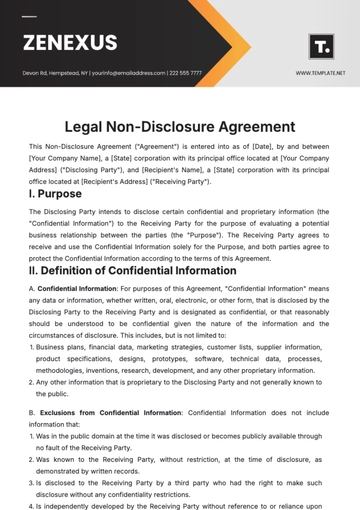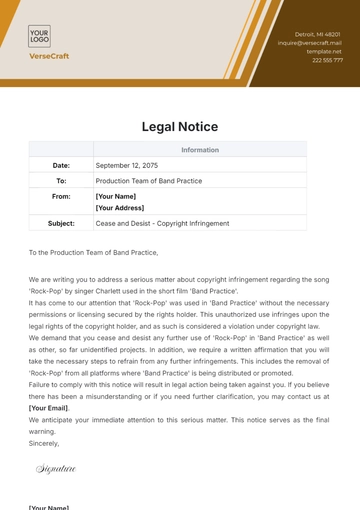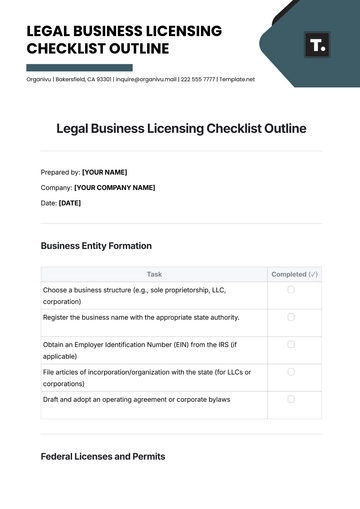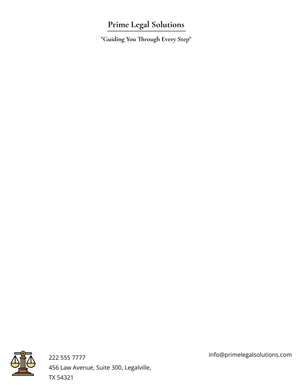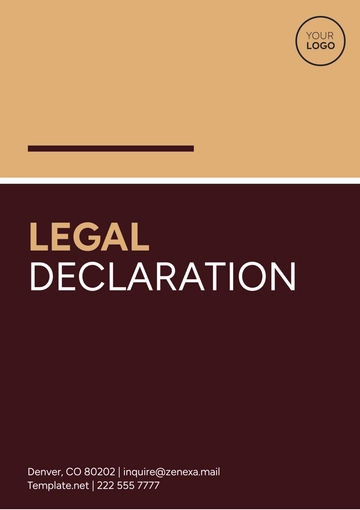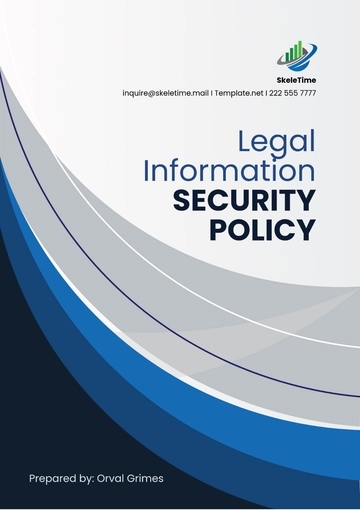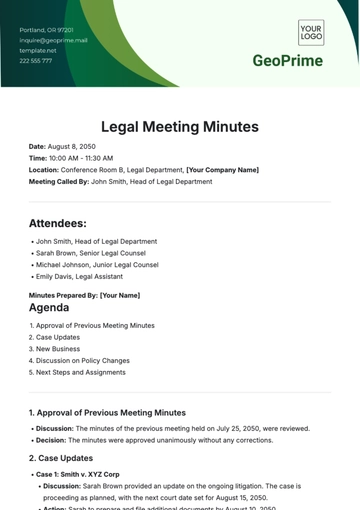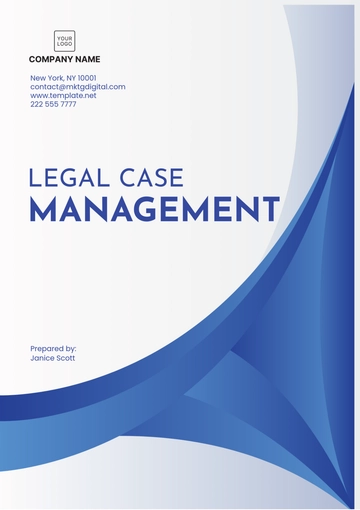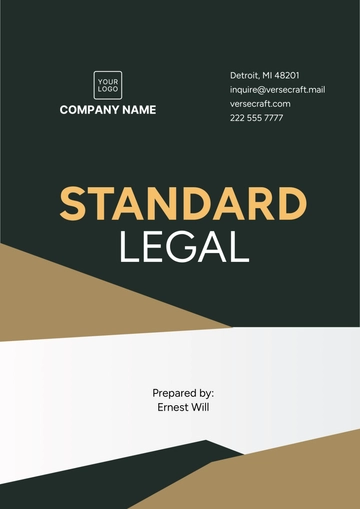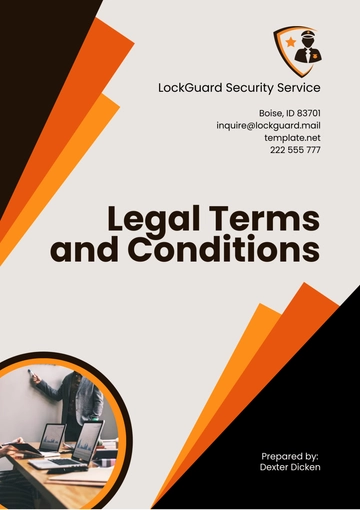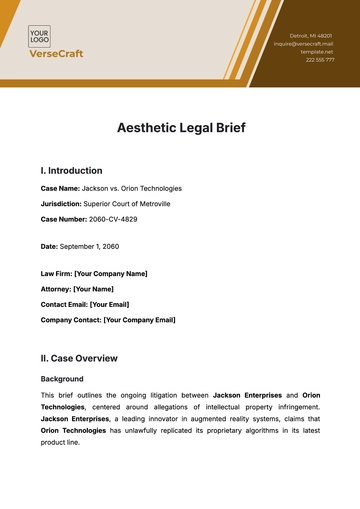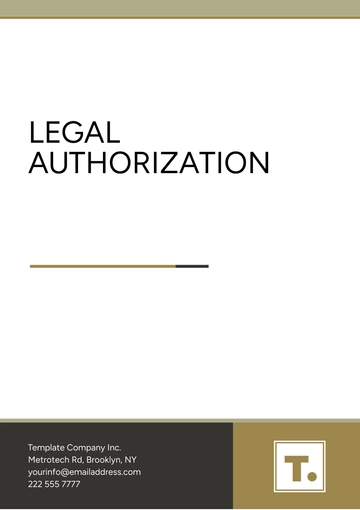Lesson Case Brief
I. Case Information
Case Title: [Adams v. Taylor]
Case Citation: [2055 WL 123456 (Supreme Court 2055)]
Court: [Supreme Court of the United States]
Date of Decision: [April 15, 2055]
Judge(s): [Justice Emma Powell]
Parties: [Liam Adams] v. [Wyatt Taylor]
Legal Issue(s):
Facts of the Case:
[Liam Adams], a [resident of New York], filed a lawsuit against [Wyatt Taylor], a [resident of California], alleging breach of contract.
The dispute arose from a contract for the sale of real estate located in [Florida].
[Adams] claimed damages exceeding [$75,000], asserting diversity jurisdiction under [28 U.S.C. § 1332].
II. Procedural History
A. Trial Court Proceedings:
B. Appellate Court Proceedings:
[Adams] appealed the trial court's decision to the Court of Appeals for the Second Circuit, which affirmed the dismissal.
The case was subsequently petitioned for certiorari to the Supreme Court.
III. Legal Analysis
A. Legal Principles
Diversity jurisdiction requires complete diversity of citizenship between the parties and an amount in controversy exceeding [$75,000].
The party asserting diversity jurisdiction bears the burden of proving jurisdictional facts by a preponderance of the evidence.
B. Precedents
C. Arguments
[Adams] argued that the value of the real estate at issue exceeded [$75,000], justifying federal jurisdiction.
[Taylor] countered that [the contract's value did not meet the jurisdictional threshold and that the case should be remanded to state court.]
D. Court's Decision
The Supreme Court affirmed the lower courts' rulings, holding that [Adams] failed to establish the requisite amount in controversy for diversity jurisdiction.
[Justice Powell], writing for the majority, emphasized the importance of strictly interpreting jurisdictional requirements to avoid federal courts adjudicating claims outside their authority.
E. Significance
IV. Lessons Learned
A. Key Takeaways
B. Practice Pointers
C. Future Considerations
V. Conclusion
This case underscores the critical importance of meticulously assessing jurisdictional requirements in civil cases. Failure to establish proper jurisdiction can result in dismissal or delays in legal proceedings. Attorneys must diligently verify the jurisdictional basis of their claims and provide adequate evidence to support federal court jurisdiction when necessary.
Case Brief Templates @ Template.net


